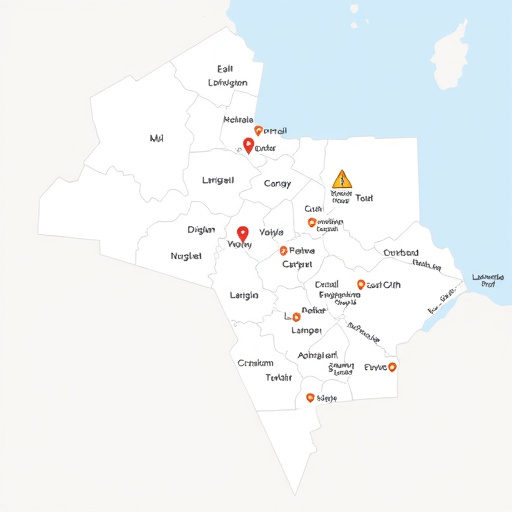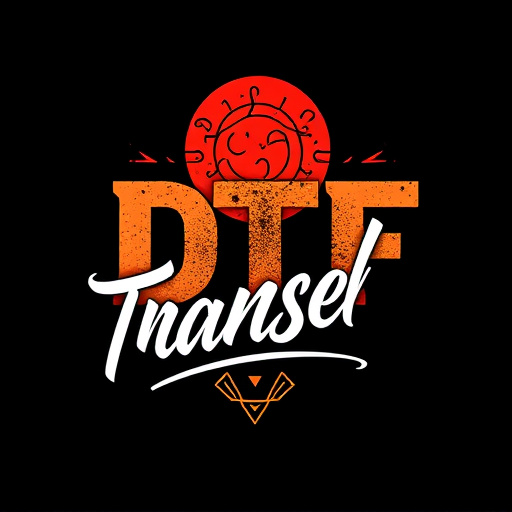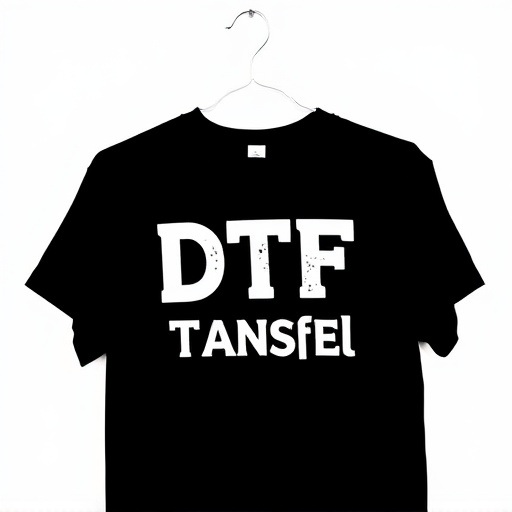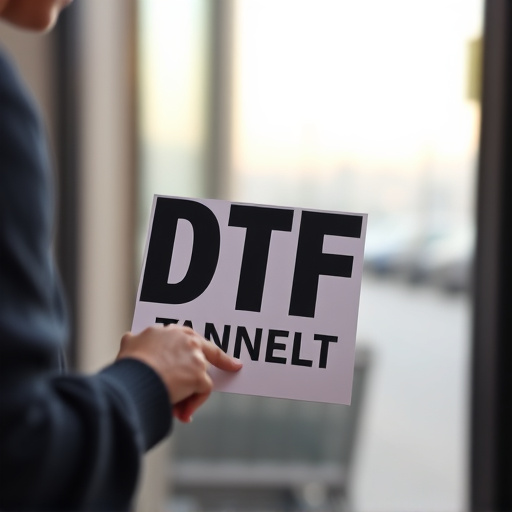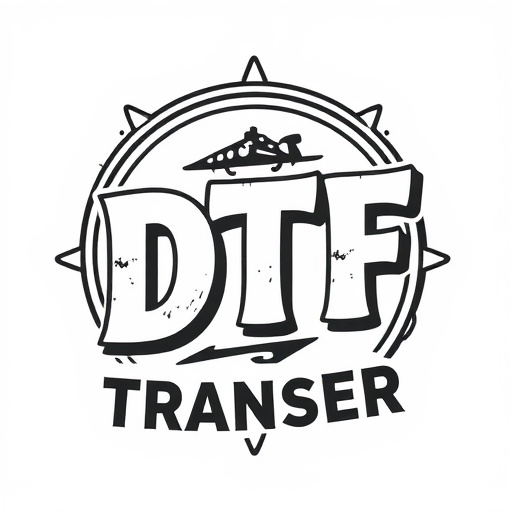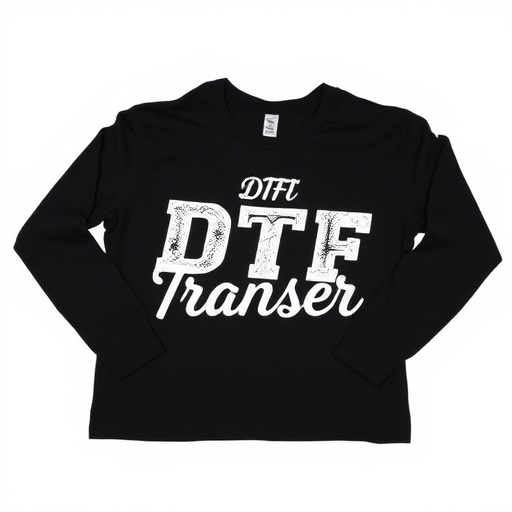Direct-To-Fabric (DTF) transfers unlock the potential of specialty clothing customization with cutting-edge printing technology. This process applies graphics directly to fabrics, offering precise, vibrant prints that enhance natural textures. DTF's key benefits include exceptional print quality, quick turnaround times, durability after washing, and cost-effectiveness for small batches. The five-step DTF process involves cloth preparation, design creation using specialized software, ink application with water-based resins, heat transfer, and curing. DTF enables designers to create intricate designs, vibrant colors, and diverse materials, ideal for custom apparel, promotional wear, and fashion-forward pieces. Choosing the right natural fabrics, protective coatings, and maintaining best practices ensures long-lasting, stunning DTF prints.
“Unleash creativity with DTF Transfers—the game-changing technology transforming specialty clothing design. This comprehensive guide explores the world of Direct to Fabric (DTF) transfers, offering a unique and efficient method for applying intricate designs to various fabrics. From understanding the DTF process to choosing the right materials, this article provides an in-depth look at its advantages and applications. Discover the art of DTF printing, unlock design possibilities, and master best practices for flawless results.”
- Understanding DTF Transfers: A Comprehensive Overview
- The Advantages of Using DTF for Specialty Clothing
- DTF Printing Process: Step-by-Step Guide
- Applications and Design Possibilities with DTF Prints
- Choosing the Right Materials for Optimal DTF Results
- Best Practices and Tips for Effective DTF Transfer Application
Understanding DTF Transfers: A Comprehensive Overview

Understanding DTF Transfers is key to unlocking the potential of specialty clothing customization. DTF (Direct-To-Fabric) Transfers are a cutting-edge printing technology designed specifically for applying graphics and designs directly onto various fabric types. Unlike traditional printing methods that rely on ink, DTF transfers utilize a unique blend of materials—including water-based adhesives and heat-sensitive films—to achieve precise, vibrant, and long-lasting prints on demand.
This innovative process starts with designing or sourcing the desired artwork, which is then precisely transferred onto a thin, flexible film. When heated, the film melts the adhesive backing, allowing the design to bond directly with the fabric beneath. This direct application ensures that DTF prints offer exceptional durability, washability, and an almost indistinguishable blend with the fabric’s natural texture. The result? Eye-catching, high-quality DTF prints that transform plain clothing into unique, personalized statements.
The Advantages of Using DTF for Specialty Clothing
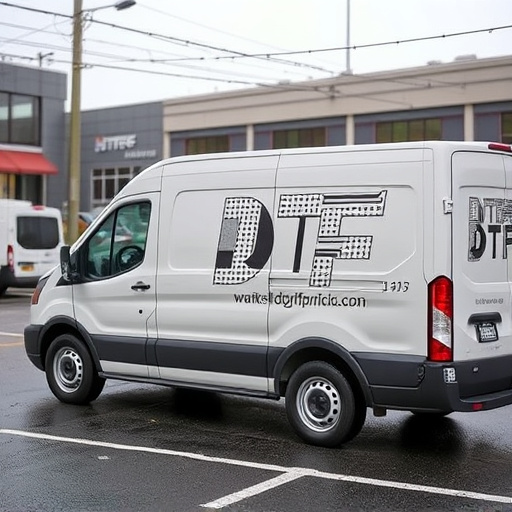
Using DTF (Direct to Fabric) transfers for specialty clothing offers numerous advantages that make it a preferred method among designers and manufacturers. One of its key benefits is the exceptional print quality it delivers, ensuring intricate designs and vibrant colors are accurately replicated on various fabrics. This technique allows for complex artwork, including fine details and multiple color layers, which can be challenging to achieve with traditional printing methods.
DTF also provides a versatile and efficient way to customize clothing items. It enables quick turnaround times, allowing businesses to meet the demands of fast-paced fashion trends. Additionally, DTF transfers are durable, ensuring that prints remain vibrant and intact even after multiple washes and wear, making it ideal for creating long-lasting specialty apparel. This method is particularly advantageous for small batch productions or unique, limited-edition clothing lines, offering a cost-effective solution without compromising on quality.
DTF Printing Process: Step-by-Step Guide
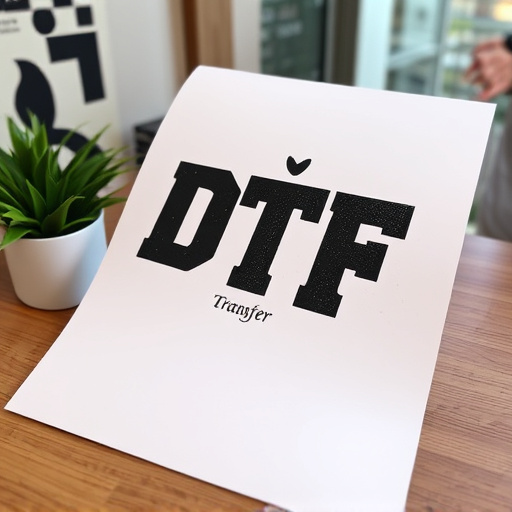
The Direct to Fabric (DTF) printing process is a cutting-edge technique revolutionizing the way specialty clothing items are customized and designed. This method allows for intricate, high-quality prints directly onto various fabrics, offering endless creative possibilities for fashion designers and enthusiasts. Here’s a step-by-step guide to understanding this unique printing approach:
1. Preparation: The process begins with preparing the fabric. Specialty cloths like cotton, polyester, or nylon are chosen, ensuring they’re suitable for DTF printing. The fabric is cleaned to remove any impurities, and a coating of release agent is applied to facilitate easy removal of the transfer later.
2. Design Creation: Designers use specialized software to create or edit their desired artwork, which can include illustrations, photos, or text. This digital design is then printed onto a heat-sensitive paper using a high-resolution printer, typically an inkjet or laser printer. The print should be precise and detailed as it will directly translate to the fabric.
3. Ink Application: A unique aspect of DTF printing involves using specific inks formulated for this process. These inks are often water-based and contain resins that react to heat. The printed design on the heat-sensitive paper is coated with these special inks, ensuring the artwork is protected during subsequent steps.
4. Transferring the Design: The prepared fabric is placed on a flat surface, and the ink-coated print from the heat-sensitive paper is carefully aligned and pressed onto it. Heat is then applied using a press or iron, causing the resins in the ink to fuse with the fabric fibers. This step results in a permanent, vibrant DTF print on the clothing item.
5. Curing: After transferring, the printed fabric may require curing, which involves heating it further to ensure the inks are fully set and bonded with the fabric for longevity.
Applications and Design Possibilities with DTF Prints
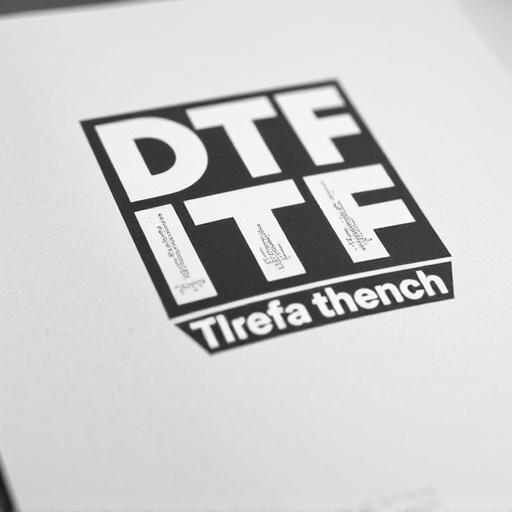
Direct-to-Fabric (DTF) transfers offer a versatile and innovative approach to printing on specialty clothing items. This technique allows for intricate designs, vibrant colors, and diverse materials to be seamlessly integrated into garments. With DTF prints, manufacturers can achieve high-quality graphics with exceptional detail, making it ideal for custom apparel, promotional wear, and fashion-forward pieces.
The applications of DTF transfers are vast. From adding personalized monograms on uniforms to creating eye-catching graphic tees, this printing method provides endless design possibilities. Designers can experiment with various layouts, incorporating text, logos, patterns, or even photographic images directly onto the fabric’s surface. Moreover, DTF technology enables the production of unique, limited-edition clothing pieces, catering to individuals seeking one-of-a-kind fashion statements.
Choosing the Right Materials for Optimal DTF Results

When it comes to creating visually appealing and long-lasting DTF (Direct to Fabric) transfers for specialty clothing items, selecting the appropriate materials is paramount. The right choice ensures optimal DTF printing results, enhancing the overall quality of the final product. Key considerations include fabric type, weight, and finish. For instance, natural fabrics like cotton or linen absorb inks better than synthetic ones, leading to more vibrant DTF prints. Heavier fabrics provide a sturdier surface for intricate designs while allowing for finer details.
Additionally, understanding the intended use of the clothing item is crucial. If the garment will be subject to frequent washing or exposure to sunlight, choosing durable materials and protective coatings can prevent fading or loss of quality over time. These considerations collectively contribute to creating DTF transfers that not only look stunning but also withstand the rigors of everyday wear, ensuring a lasting impression on both the wearer and the observer.
Best Practices and Tips for Effective DTF Transfer Application

When applying DTF (Direct to Fabric) transfers to specialty clothing items, best practices should be followed for optimal results. First, ensure your work area is clean and free from dust or debris that could affect the print quality. Use high-quality, suitable fabric for the transfer application, as different materials have varying absorption rates and texture, which can impact the final DTF prints. Pre-treating the fabric with a suitable release agent aids in easy peel-off during the heat press process.
For effective DTF transfer application, precise placement is key. Position the transfer accurately according to the design specifications, considering factors like hem lines and garment contours. Heat press settings should be carefully calibrated; too much or too little heat can cause issues with adhesion or print clarity. Regularly cleaning your heat press and applicator tools prevents build-up of residue, ensuring consistent results. Lastly, allow adequate drying time for the DTF prints after application to prevent smudging or distortion during wear or washing.
